5 Best Web3 Use Cases You Should Know!
We’re reader-supported; we may earn a commission from links in this article.
Web3 represents the next generation of the internet, focusing on decentralization, trustless systems, open-source software, and enhanced user control over the semantic web.
By leveraging blockchain technology, Web3 aims to create a more transparent, secure, and user-centric internet experience.
In this article, we’ll explore various use cases of Web3 that are revolutionizing many industries and changing how we interact with the digital world.
What is web3?
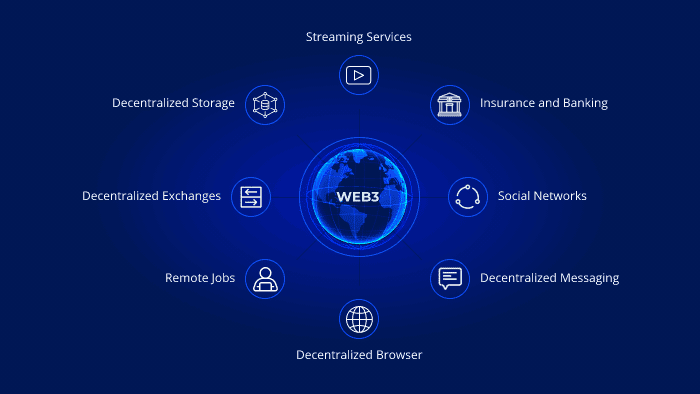
Web3 is the next evolution of the internet – a decentralized version of the internet that is based on blockchain technology. It is also called the “decentralized web” or “semantic web.”
Web3 aims to create a more open, transparent, and secure internet where individuals have more control over their personal data and online interactions.
Through the use of blockchain technology, web3 allows for peer-to-peer transactions that cut out intermediaries such as banks, social media platforms, and other third parties.
This means that users no longer have to trust these intermediaries blindly and can instead rely on the security and transparency of the blockchain to conduct transactions and interactions online.
What is the history of web3?
Web development and continuous upgrade are crucial to making web technologies easier for users and enabling digital transformation.
In the past, Web1 provided static websites and text for users, while Web 2.0 focused on user inputs. Therefore, it has been called “read-in-only” for Kindle.
As Web 2.0 became available, it refers to the current version of the Web. The product is easily accessible and compatible with various services and software.
Web 2.0 includes a web site based application involving various social platforms and social media networks too.
The history of web3 can be traced back to the early 2000s when internet pioneer Tim Berners-Lee proposed something similar to a decentralized web.
Ethereum founder Vitalik Buterin then wrote a white paper that outlined the concept of using blockchain technology to create a more secure and private version of the internet.
Since then, many companies and developers have been exploring ways to implement this concept and build the decentralized web through projects such as Web3 Foundation, Ethereum, IPFS, and other blockchain-based protocols.
Today, there are many applications of Web3 in various industries that are utilizing its features to create more secure and decentralized applications.
1. Decentralized Finance (DeFi)
One of the most important aspects of prominent Web3 use cases is decentralized finance or DeFi.
DeFi platforms aim to disrupt traditional financial systems by using existing infrastructure and providing trustless, permissionless, and decentralized financial services.
Decentralized Finance (DeFi) is an emerging financial technology that has been gaining more and more popularity in the past few years.
The aim of DeFi is to create a more open, transparent, and secure system of exchanging value without relying on any third party or an intermediary such as banks.
This financial system relies on blockchain networks, smart contracts, and cryptocurrency to enable users to gain access to financial services like exchange trading, borrowing/lending products, and much more.
The benefits of DeFi are far-reaching because these systems remove the need for centralized intermediaries when transacting with other parties.
Removing middlemen from the equation, it reduces costs associated with making payments, transferring money, or exchanging assets.
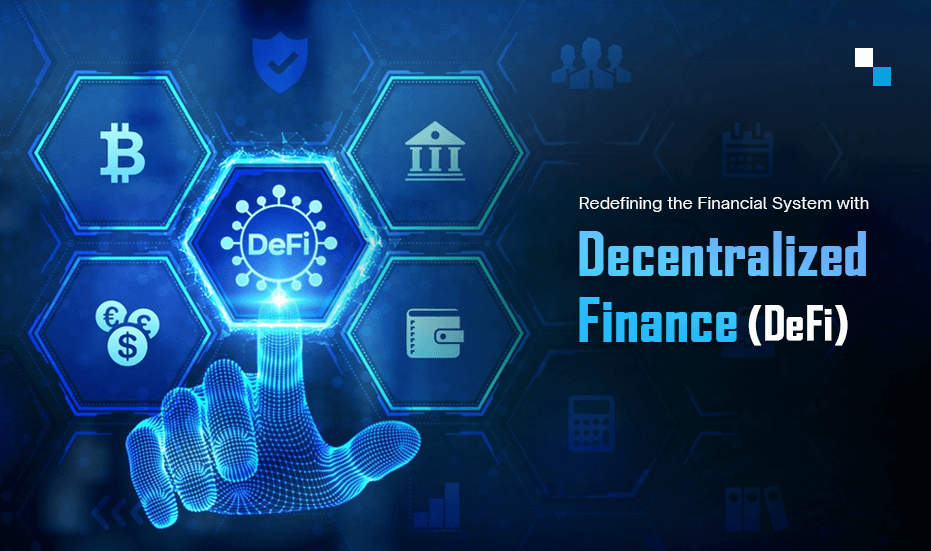
a. Lending and Borrowing Platforms
DeFi lending and borrowing platforms allow users to lend and borrow assets without intermediaries. Users can earn interest on their deposits or borrow assets by providing collateral.
Examples of popular lending platforms include Aave, Compound, and MakerDAO.
Lending and borrowing platforms have become increasingly popular due to their convenience and flexibility.
Both individuals and businesses use them as a way to access much-needed capital without the added costs associated with traditional lenders.
In addition, these online services allow users to borrow from investors much more efficiently than traditional methods.
This creates an opportunity for those who may not qualify for a bank loan, enabling them to get the funds they need quickly and easily.
The benefits of these services go beyond just financial advantages, however. These platforms offer borrowers convenient payment terms that often include installment plans or even no-interest options if the loan is paid back within a certain time frame.
For lenders, this provides another avenue of investment with potentially higher returns than stocks or bonds.
By diversifying their portfolio into lending opportunities, investors can reduce risk while simultaneously earning more money on their investments.
b. Decentralized Exchanges (DEX)

DEXs enable users to trade digital assets without relying on centralized exchanges.
They offer better security, lower fees, and more control over funds. Uniswap, SushiSwap, and PancakeSwap are popular DEXs in the DeFi ecosystem.
Decentralized exchanges, or DEXs, have recently gained a lot of attention in the world of cryptocurrency.
This exciting new technology has the potential to revolutionize how we interact with digital currencies by providing users with an easier, faster, and more secure way to buy and sell various coins without relying on centralized third parties.
By leveraging a distributed network of nodes not controlled by any single centralized entity, DEXs offer users complete transparency and control over their funds and activities – something that cannot be said for traditional exchanges.
Moreover, it is important to mention that DEXs open up new opportunities for traders and investors alike.
They provide users with enhanced privacy and security features such as multi-signature wallets or non-custodial accounts and reduce the risk of market manipulation since there is no central authority controlling the trading process.
c. Yield Farming and Liquidity Pools
Yield farming and liquidity pools provide liquidity to DeFi platforms in exchange for rewards.
Users deposit their assets into smart contracts and receive tokens representing their share in the liquidity pool. These tokens can be staked to earn additional rewards or governance rights.
Yield farming and liquidity pools have become popular business tools used in the world of cryptocurrency.
What is Yield Farming?
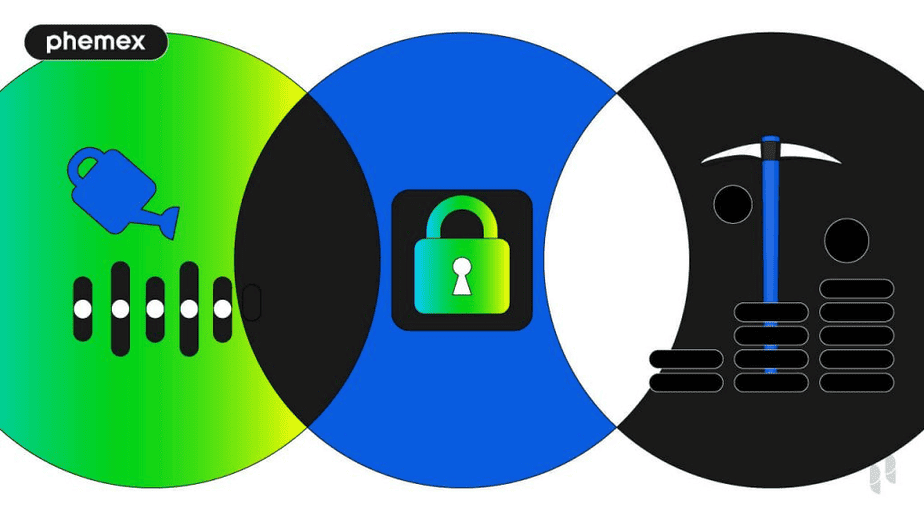
Yield farming is a process by which users can earn rewards for providing their digital assets to be used as collateral in decentralized finance protocols.
A major benefit of yield farming is that users can earn passive income without actively trading cryptocurrencies.
Liquidity pools, on the other hand, are designed to provide a source of liquidity in the crypto markets.
By depositing an asset into a pool, users can receive rewards for making their tokens available for trading on different exchanges. This helps smooth out price volatility and ensures that there is always enough supply when demand increases.
Yield farming and liquidity pools offer several advantages for investors and traders.
Investors can earn passive income with minimal effort and risk while still maintaining their digital asset portfolio’s security.
2. Decentralized Autonomous Organizations (DAOs)
DAOs are organizations run by code and governed by their members through a consensus mechanism. They enable decentralized decision-making and resource allocation, reducing the need for centralized control. Some notable DAOs include The DAO, Aragon, and MolochDAO.
DAOs are a digital form of organization that operates on blockchain technology; they have no central authority and operate as decentralized networks on the rules and protocols created by their creators as well as the consensus of their members.
By removing middlemen, DAOs allow organizations to be self-governing, transparent, and independent while minimizing bureaucracy and human intervention.
As a result, they offer more efficient processes that make decision-making more democratic and accessible.
The concept of DAOs began in 2014 with the advent of Ethereum smart contracts. It has since gained traction due to its autonomous nature, cost savings potential, and robust governance structures.
Furthermore, it is designed to function trustless, eliminating counterparty risk for users utilizing the system for transactions or voting on proposals.
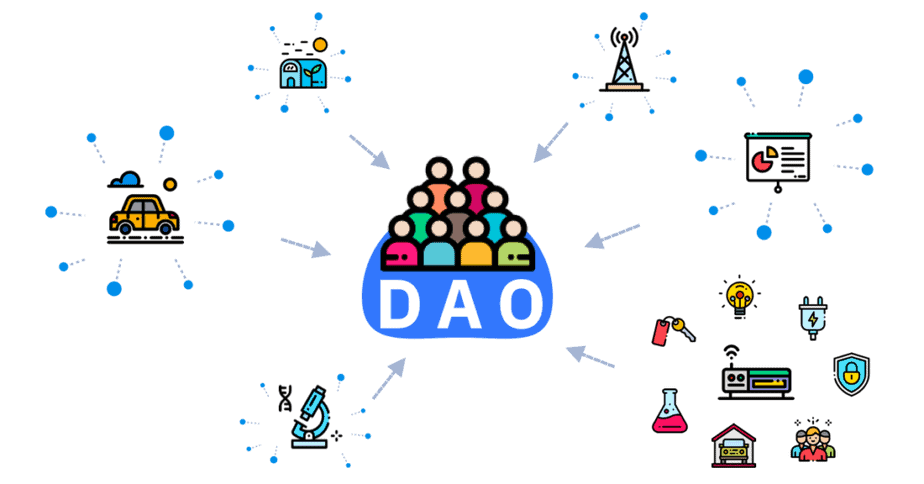
3. Non-Fungible Tokens (NFTs)
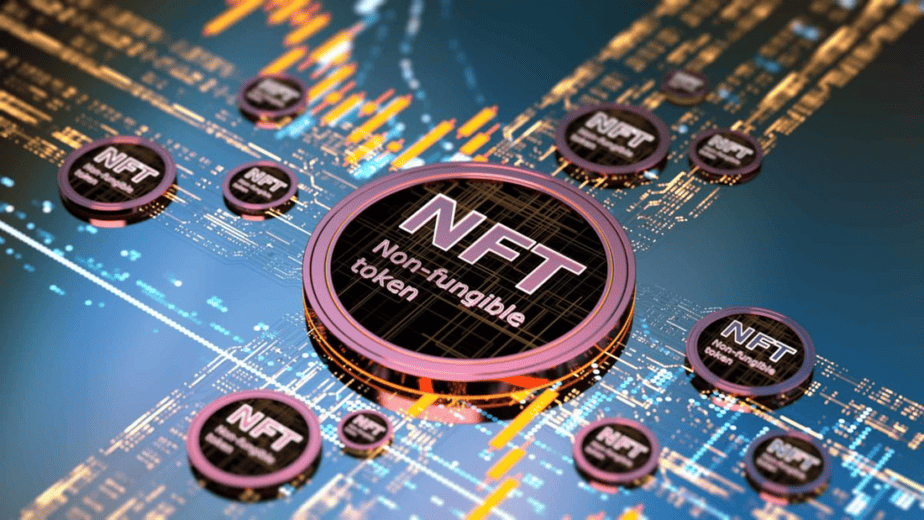
Non-Fungible Tokens (NFTs) have gained significant popularity in recent years as they enable the creation and ownership of unique digital assets on the blockchain.
NFTs are digital assets that exist on a blockchain, allowing them to be authenticated and verified. They are typically used to represent ownership of digital art, collectibles, real estate, or even music.
As well as being immutable, transferring ownership of the token is quick and easy when compared to traditional methods.
NFTs are changing the way we think about digital scarcity and authenticity. For example, it allows an artist to easily monetize their work by releasing it in NFT form so buyers can acquire a unique piece for their research or collection.
Furthermore, NFTs give users more control over how they share their assets since they can determine which content can be traded or not.
Additionally, they enable more efficient asset tracking since information such as who owns the item is stored on the blockchain.
a. Digital Art and Collectibles

NFTs have revolutionized the art and collectibles industry, enabling artists to monetize their work and collectors to prove ownership.
NFT Marketplaces like OpenSea, Rarible, and SuperRare have emerged to facilitate the buying, selling, and trading of NFT art and collectibles.
Digital art and collectibles have taken the world by storm in recent years. One of the most popular forms of digital art that is being collected is Non-Fungible Tokens or NFTs. NFTs are digital files that contain unique pieces of art, from videos to images to music.
They can be bought and sold like traditional works of art but can also be used as a form of currency on the blockchain. They offer collectors a form of ownership over their favorite pieces while allowing artists to monetize their work and gain recognition for their creations.
Unlike traditional collectibles like coins or baseball cards, NFTs come with a certain level of exclusivity due to the fact that each one is unique—no two are exactly alike.
b. Virtual Real Estate
Virtual real estate platforms like Decentraland and The Sandbox allow users to buy, sell, and develop virtual land in metaverse environments.
Users can create immersive experiences, build communities, host events, and monetize their virtual properties through NFTs in these metaverses.
Similar to how Web 3.0 enables more immersive and interactive web-based experiences may be the same for virtual and Augmented reality.
In the digital age, the virtual world of real estate has become an increasingly viable investment option. This is where Non-Fungible Tokens (NFTs) come into play.
NFTs are unique digital tokens that hold ownership of a specific asset on a blockchain-based gaming network.
NFTs can be used to represent anything from art to real estate and are growing in popularity as they provide more security and flexibility than traditional forms of trading assets.
By investing in the decentralized virtual world of real estate with NFTs, you have the potential to own exclusive pieces of land or property without having to purchase the physical property yourself.
You also have the freedom of buying and selling these properties without being subject to international borders or any other geographic restrictions, something that’s not possible when it comes to buying and selling physical property.

4. Gaming and Entertainment
Web3 is transforming the gaming and entertainment industry by using blockchain games and introducing new ways for users to interact, earn, and own digital assets.
Highly specific and targeted content Web 3.0 is driven by AI and machine learning technologies, which result in greater insight and personal and precise advertising to the consumer.
a. Play-to-Earn Gaming
Play-to-earn games allow players to earn rewards through digital assets, which can be traded or sold for real-world value. Popular play-to-earn games include Axie Infinity, The Sandbox, and Gods Unchained.
b. Esports and Betting
Web3 technologies are being used to make blockchain-based games create decentralized esports and betting platforms, enabling users to participate in competitive gaming and place bets without intermediaries.
Platforms like Augur and Polymarket leverage blockchain technology to offer decentralized prediction markets blockchain gaming.
5. Identity and Privacy Management
Web3 also enhances user control over their digital identity and privacy in Web 3.0.
a. Decentralized Identity Systems
Decentralized identity systems allow users to create and manage their digital identities on the blockchain, enabling greater control and privacy.
Examples of decentralized identity projects include Microsoft’s ION, Sovrin, and uPort.
Decentralized identity systems are gaining popularity due to their security, convenience, and anonymity. These identity systems allow users to create unique digital identities without depending on centralized entities such as banks or governments.
This makes it possible for individuals to store information on the blockchain, enabling them to easily access and manage their data from anywhere in the world.
Moreover, decentralized identity systems provide a secure platform for online transactions, as all of the user’s details remain encrypted on the blockchain.
Furthermore, with decentralized identity systems, users can securely store documents such as passports and driver’s licenses in online communities without having to use a trusted third party like a government agency or bank.
This gives users increased control over who has access to their personal information and provides an extra layer of privacy and security time online use.
b. Private Data Storage
Web3 aims to give users more control over their data through decentralized storage solutions.
Filecoin and IPFS
Filecoin and the InterPlanetary File System (IPFS) are decentralized storage networks that enable users to store and share data securely and privately.
By removing the reliance on centralized data centers, these platforms help users maintain ownership and control over their data.
Conclusion
Web3 use cases are revolutionizing various industries by leveraging decentralization, trustless systems, open protocols, and enhanced user control.
From DeFi to NFTs, gaming to identity management, Web3 technologies pave the way for a more transparent, secure, decentralized web and user-centric internet experience.
FAQs
What is Web3?
A1: Web3 refers to the next generation of the internet that focuses on decentralization, trustless systems, and enhanced user control, leveraging blockchain technology to the digital infrastructure and creating a more transparent and secure digital experience.
What are some popular DeFi platforms?
Some popular DeFi platforms include Aave, Compound, MakerDAO, Uniswap, SushiSwap, and PancakeSwap.
What is a DAO, and how does it work?
A DAO (Decentralized Autonomous Organization) is an organization run by code and governed by its members through a consensus mechanism. DAOs enable decentralized decision-making community governance and resource allocation for decentralized applications, reducing the need for centralized control.
What are some examples of play-to-earn games?
Some examples of play-to-earn games include Axie Infinity, The Sandbox, and Gods Unchained.
How do Filecoin and IPFS contribute to Web3?
Filecoin and IPFS are decentralized storage networks that enable users to store and share data securely and privately.
Using data ownership and removing the reliance on centralized data centers, these platforms contribute to Web3 by helping users maintain ownership and control over their data.

Justin Chia
Justin is the author of Justjooz and is a data analyst and AI expert. He is also a Nanyang Technological University (NTU) alumni, majoring in Biological Sciences.
He regularly posts AI and analytics content on LinkedIn, and writes a weekly newsletter, The Juicer, on AI, analytics, tech, and personal development.
To unwind, Justin enjoys gaming and reading.



